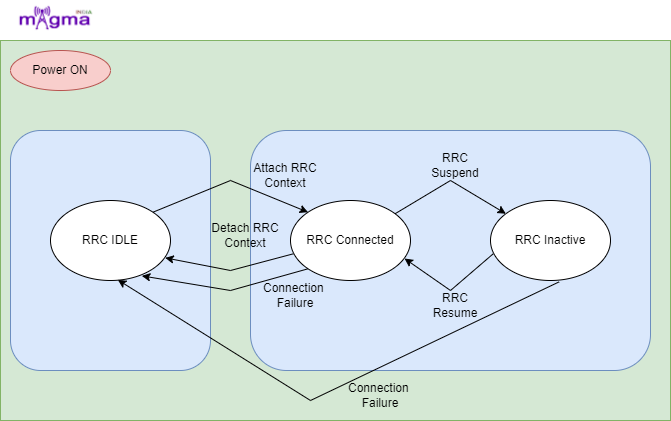5G UE STATE MANAGEMENT
In 5G, it provides different services to the devices. For providing that service is the 5G system, it needs to track the availability and also the reachability of the device. 5G system tracks these states of the device such as:- RRC (radio resource control), Connection Management (CM), and Registration management (RM). RRC determines the RRC …
